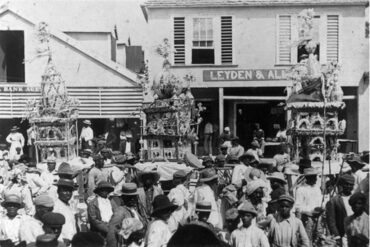The Pokhran test was a bomb, I can tell you now… An explosion is an explosion, a gun is a gun, whether you shoot at someone or shoot at the ground… I just want to make clear that the test was not all that peaceful.
These words were spoken by Raja Ramanna, the former director of India’s Nuclear Programme. This statement is a stark contrast to the “Peaceful Nuclear Explosive” that scientists under Ramanna were developing. Codenamed the “Smiling Buddha,” this programme was a reaction to the Chinese nuclear programme.
Tensions with China began around 1959. The Indian government knew that the Chinese were working on nuclear energy and, to be on the safe side, they needed to develop a missile that can counter China.
Acclaimed atomic scientist Homi Bhabha urged Nehru to begin work on atomic energy, which resulted in the Atomic Energy Act of 1962. The Act mandated strict government control of atomic research. However, Nehru died within a couple of years and Lal Bahadur Shastri held the Prime Ministerial reigns. Shastri was a follower of Gandhi and a lover of peace.
In 1964, the worst fears of Indian atomic scientists came true. China performed a nuclear test. Shastri did not want the country to follow the Chinese path. Bhabha responded by giving a now-famous speech that emphasised that the cost of nuclear weapons would be very cheap, although it was the opposite. At the same time, Bhabha worked to convince Shastri that nuclear explosives were weapons of both war and peace. If both sides had a nuclear weapon, it would prevent a war from occurring.
-30-
Copyright©Madras Courier, All Rights Reserved. You may share using our article tools. Please don't cut articles from madrascourier.com and redistribute by email, post to the web, mobile phone or social media.Please send in your feed back and comments to [email protected]











